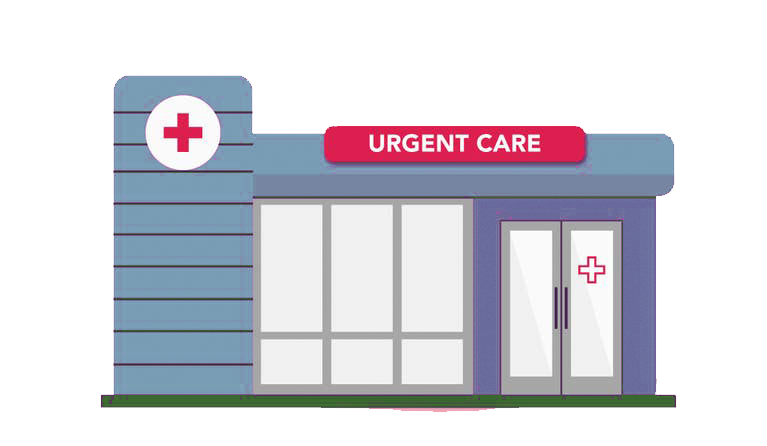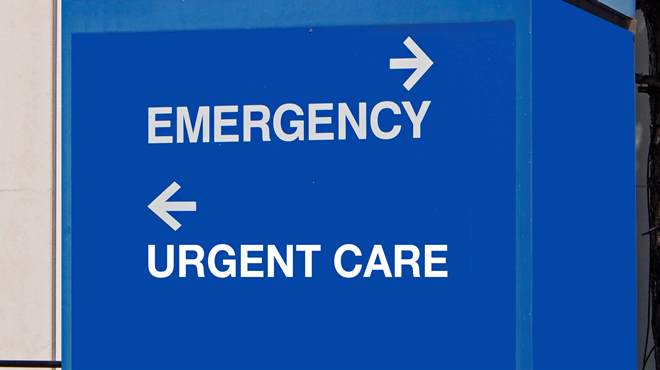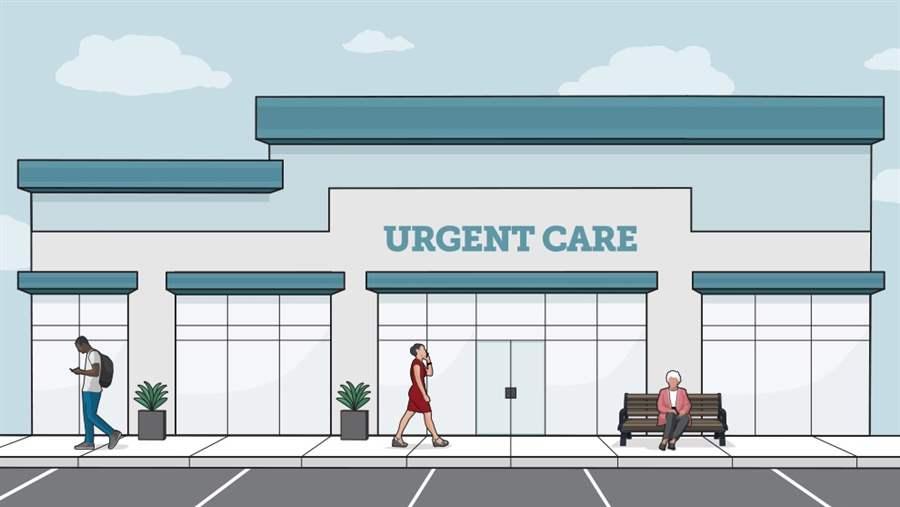Comprehending the Relevance of Urgent Treatment Providers for Non-Life-Threatening Medical Issues
The value of immediate treatment services for non-life-threatening medical concerns can not be overemphasized, particularly in today's health care landscape. These centers provide an important alternative for clients seeking prompt focus for conditions that need instant treatment however do not call for a see to the emergency space. By understanding the benefits of immediate treatment, such as decreased delay times and expense effectiveness, one can much better value their function in client health and wellness administration. Yet, the subtleties of just how to navigate these solutions efficiently continue to be to be discovered, raising questions concerning their ideal usage.
What Is Urgent Treatment?
Immediate care describes a category of clinical services developed to resolve non-life-threatening problems that require instant focus yet do not necessitate a see to the emergency clinic. These centers offer a bridge between main treatment and emergency situation solutions, providing easily accessible healthcare choices for people experiencing severe clinical concerns, such as small fractures, strains, infections, or extreme diseases that occur suddenly.

The scope of services provided by immediate treatment facilities can vary but normally includes treatment for usual disorders like colds, influenza, and allergic reactions, in addition to small injuries (urgent care). Furthermore, lots of urgent care centers provide preventative services, such as vaccinations and physical examinations, to resolve broader health and wellness needs. By providing a convenient option for immediate clinical concerns, these centers play a critical function in the medical care continuum, making sure that patients get suitable care when they require it most
Advantages of Urgent Treatment Solutions
Lots of individuals find that using immediate treatment services gives significant advantages over conventional emergency situation space brows through or waiting for a health care appointment. One primary benefit is the reduced wait times. Immediate care centers typically have much shorter wait durations, permitting patients to get prompt clinical attention when they require it most. This expedited care is specifically practical for non-life-threatening problems that need timely treatment.
One more benefit is the prolonged hours of operation. Lots of immediate treatment facilities are open evenings and weekends, fitting individuals that may not be able to see their main treatment doctor throughout normal workplace hours. This versatility makes it simpler for clients to gain access to treatment at their comfort.
Furthermore, immediate treatment services often provide a cost-effective alternative to emergency clinic. Patients often encounter reduced co-pays and overall expenses when looking for treatment for minor conditions at urgent treatment centers Get More Information instead of health center emergency situation departments.
Finally, immediate treatment centers are geared up to take care of a selection of non-life-threatening issues, supplying a broad variety of services under one roofing. This extensive technique not only streamlines the treatment procedure but also improves client fulfillment by delivering reliable and prompt treatment.
Typical Problems Dealt With
What kinds of non-life-threatening problems can clients anticipate to obtain therapy for at immediate care centers? Immediate treatment facilities are geared up to handle a vast range of usual medical concerns that require prompt attention yet do not position an instant threat to life. These facilities frequently treat conditions such as small cracks, sprains, and stress, providing necessary treatment for injuries that happen during day-to-day activities or sporting activities.
Furthermore, individuals regularly look for treatment for respiratory infections, consisting of colds, influenza, and respiratory disease, where timely treatment can minimize symptoms and prevent complications. Skin problem such as breakouts, insect bites, and minor burns are likewise frequently resolved, as prompt care can minimize pain and lower the threat of infection.

Contrasting Urgent Care and Emergency Situation Spaces

One significant distinction waits times; urgent care facilities typically have much shorter wait times contrasted to emergency clinic, which can be clogged with even more crucial cases. This effectiveness allows individuals to receive timely treatment for their disorders.
From an economic viewpoint, urgent care sees tend to be less costly than emergency clinic sees. Insurance copays and out-of-pocket expenditures are often reduced at urgent care centers, making them a more affordable choice for non-emergency situations.
Exactly How to Pick an Urgent Treatment Facility
Choosing the right immediate care facility can substantially boost the high quality of treatment received during a non-life-threatening clinical problem. When choosing an urgent treatment center, numerous vital variables should be taken into discover this info here consideration.
First, examine the facility's certification and licensing. Some urgent care facilities specialize in details locations, while others supply comprehensive care for numerous medical concerns.
In addition, take into consideration the place and hours of operation. A conveniently located center with prolonged hours can be vital for timely treatment. It's also suggested to examine the facility's delay times and person testimonials, which can offer understandings right into the total individual experience.
Verdict
In final thought, immediate care services play a crucial function in resolving non-life-threatening medical issues effectively. Eventually, comprehending the importance of urgent care centers adds to boosted healthcare monitoring and client complete satisfaction.
Many people find that utilizing immediate care services gives considerable advantages over conventional emergency situation space check outs or waiting for a key care visit. Lots of immediate treatment centers are open nights and weekend breaks, fitting individuals who may not be able to see their key treatment physician during regular workplace hours. Urgent care centers are designed to address non-life-threatening problems, such as minor fractures, infections, and illnesses, offering a convenient alternative to emergency areas for those in need of prompt care. Some immediate treatment centers specialize imp source in details areas, while others offer comprehensive care for various clinical concerns.